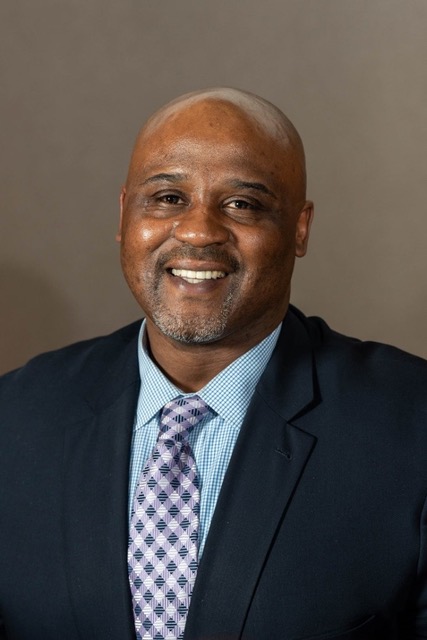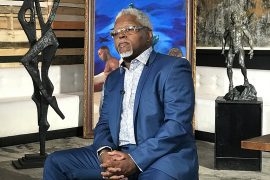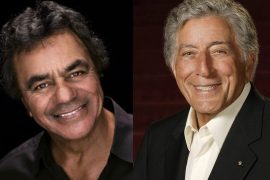Tim Russell is the Vice President of Community Engagement and Diversity, Equity, and Inclusion at WTTW. He developed a website as a companion to the documentary on Muhammad Ali by Ken Burns. The website includes an image gallery in partnership with the Chicago History Museum. Lee Bey, the architecture expert, traced Ali’s footsteps in Chicago. Jonathan Eig, Ali’s biographer outlines the ways that the city shaped Ali. Chicago was a very important place for Ali.
N’DIGO sat down with Mr. Russell to learn more about the website dedicated to Muhammad Ali.
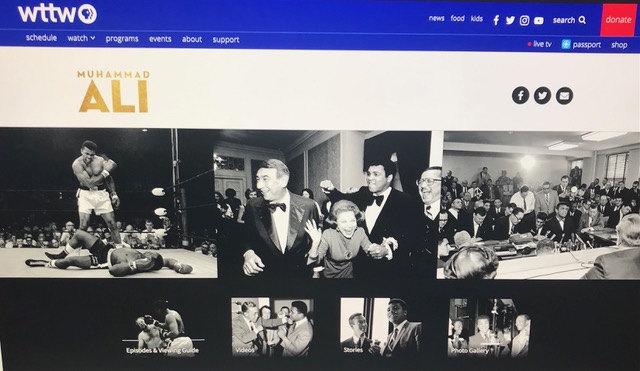
N’DIGO: Why is the Muhammad Ali story so important?
Tim Russell: It is important for a couple of reasons. Ali represents unapologetically being Black. We saw a person at a time when it was not common to brag about himself in the manner that he did as a self-promoter. He promoted Black culture. Also, his is a story of transformation. People think of the boisterous boxer and the person who was an athlete who was selling tickets. But then when you look at his life, you see what he stands for – Civil Rights, and he was against the Viet Nam War. He was a person who did not compromise who he was and what he believed in it. He maintained his dignity and his manhood.
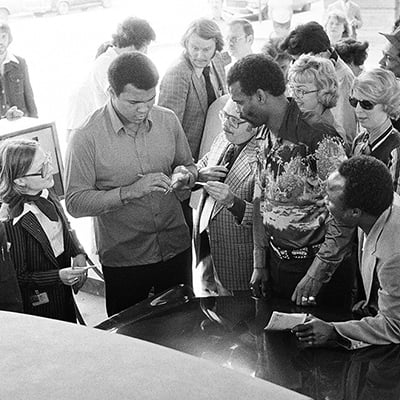
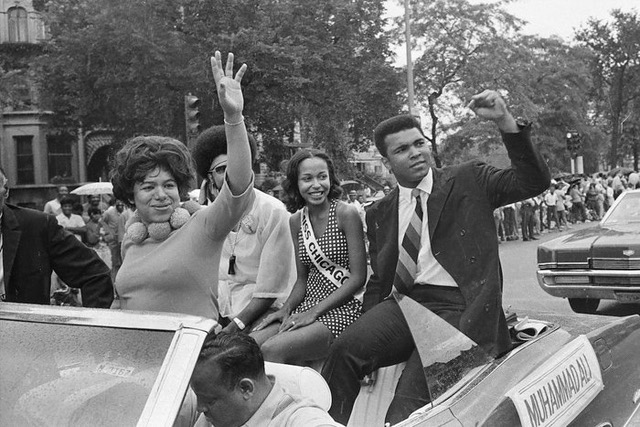
Why is Ali in Chicago important to you?
There is Cassius Clay, and it’s in Chicago; you begin to see his transformation as Muhammad Ali and his social justice stance. Lee Bay has done a fantastic job returning Ali in Chicago from Jeffrey Boulevard to Jackson Park Highlands to Kenwood. From 1967 to 1977, Chicago was his home.
What were his activities in Chicago?
Where ever he went, he was a magnet from his early days at the Chicago Stadium to the Amphitheater. People gravitated to him throughout his entire life, from Louisville to his fight in Africa.

What’s your favorite Ali Story?
He tells the story of waiting to meet Sugar Ray Robinson as a young man. He waited all day for an autograph, and when Sugar Ray came, he did not have time to give him an autograph. Ali thought he would not be like that when he became famous. He gave his time to each one and even to strangers.
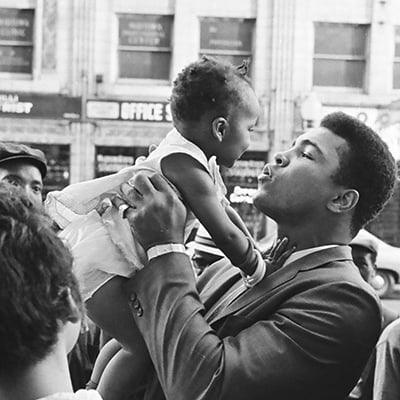
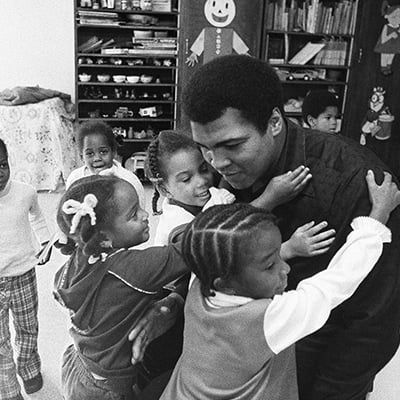
Tell me about Ali with children.
He was special with children. He took children to heart. He was telling children to reach for whatever they wanted.
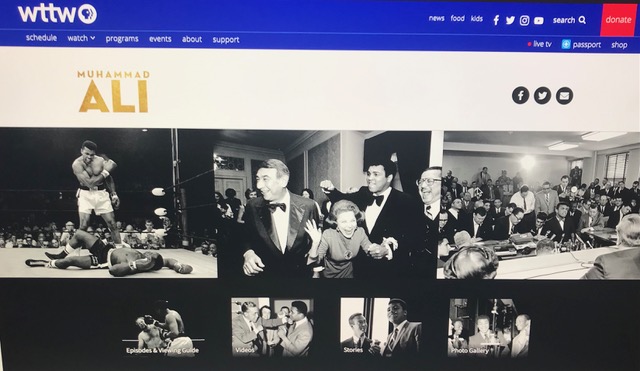
Why the Ali website?
The website does a couple of things.
It chronicles Ali in Chicago and his life and development as a person who went beyond his athlete status. It shows the connection between race and religion.
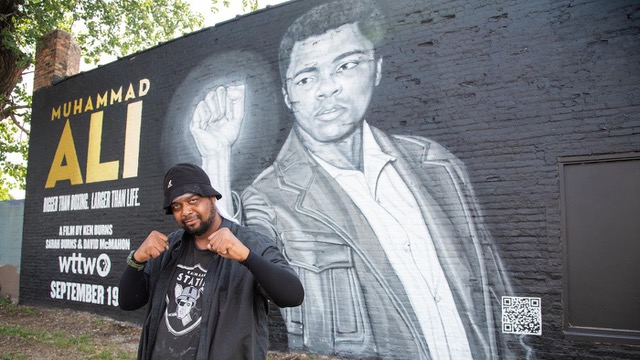
What are the other Chicago tributes to remind Chicago of Ali?
There is a mural of Ali painted at 2857 South Kedzie. There is a picture of him with a Black power fist showing his power as a beacon of light.
Why was the mural placed on Kedzie and not on Southside? Why this location?
The artist is Rahmaan Statik. He is an African American street artist. The mural was mounted in late August.
What do you want people to know about the website?
I want people to go on the website and read about Ali. Most of all I want people to understand that he was more than a boxer. I want a younger generation to realize the importance Chicago had on his life. I want people to be encouraged to watch the documentary. All four of the episodes appear on the site.
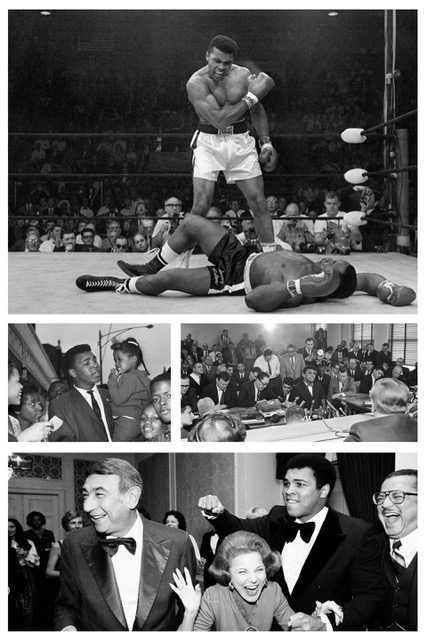
What is Ali’s legacy?
It’s a complicated legacy. You have this man known as a boxer, and then he became a human rights icon and hero. His legacy is that of transformation and redemption. He was flawed, but he recognized his flaws and worked tirelessly to be a better person to make the world a better place.
What is your take on Ali?
No matter what happened in his life, he looked forward to making the world better.


